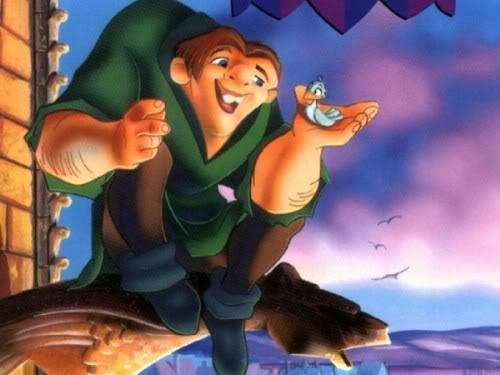Where do Disney characters live? Why in "Disneyverse" of course!
Have you ever noticed that Disney characters tend to make guest appearances in Disney films in which they are not the star? For example, in Aladdin, the Genie at one point transforms into Pinocchio. Stacy Conradt points out nine other cameo appearances, including:
Aladdin's magic carpet in the opening scene from The Princess and The Frog (on the left in this photo)
The Beast in a pile of the Sultan's toys in Aladdin (towards the top left of the pile)
Belle, Pumbaa, and Aladdin's Carpet (yet again) in The Hunchback of Notre Dame
And the cameos continue in Disney's most recent film Frozen!
An article from cinemablend.com revealed this picture on the left which pictures a moment during the song "For the First Time in Forever." If you look at the left, you can clearly make out what looks like Eugene and Rapunzel.
How can we explain these guest appearances? Kelly West, the author of the article on the Frozen cameo, suggested the cute idea that Disney characters not only live in the same "Disneyverse," but are "close enough to stop by for a visit." I find it a comforting thought, and a clever and imaginative idea on Disney's part, that all of our favorite Disney characters seem to know each other and continue to live out their lives off-screen in a community together. As for the real reason behind these guest appearance -- who knows! Perhaps the it purely for the entertainment of the Disney animators or Disney's version of "Where's Waldo" for the viewers. In any case, it's fun to imagine that Disney characters interact in "Disneyverse."




















